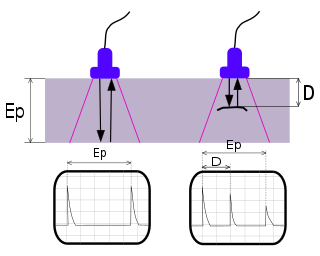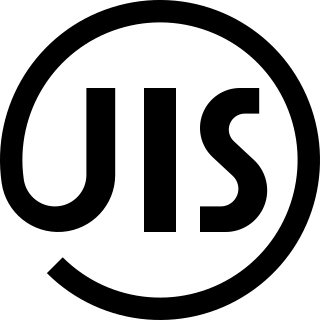Related Research Articles

Ultrasonic testing (UT) is a family of non-destructive testing techniques based on the propagation of ultrasonic waves in the object or material tested. In most common UT applications, very short ultrasonic pulse waves with centre frequencies ranging from 0.1-15 MHz and occasionally up to 50 MHz, are transmitted into materials to detect internal flaws or to characterize materials. A common example is ultrasonic thickness measurement, which tests the thickness of the test object, for example, to monitor pipework corrosion and erosion. Ultrasonic testing is extensively used to detect flaws in welds.

Japanese Industrial Standards (JIS) are the standards used for industrial activities in Japan, coordinated by the Japanese Industrial Standards Committee (JISC) and published by the Japanese Standards Association (JSA). The JISC is composed of many nationwide committees and plays a vital role in standardizing activities across Japan.
ISO/IEC/IEEE 29119Software and systems engineering -- Software testing is a series of five international standards for software testing. First developed in 2007 and released in 2013, the standard "defines vocabulary, processes, documentation, techniques, and a process assessment model for testing that can be used within any software development lifecycle."
References
- ↑ "Standards catalogue". ISO.
- ↑ "Freely Available Standards". ISO.
- ↑ ISO, ISO 6780:2003 Flat pallets for intercontinental materials handling — Principal dimensions and tolerances, accessed 27 October 2019